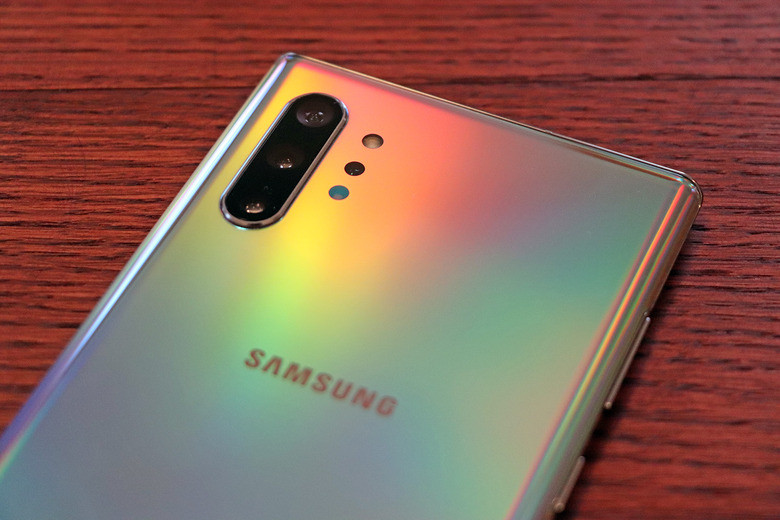Samsung Is Working On A Phone Design Unlike Anything Ever Seen On A Galaxy Device
Samsung is expected to launch at least three flagship smartphones next year, including the Galaxy S11, Fold 2, and Note 11. But when it comes to design changes, only the Fold 2 is expected to get a significant makeover, according to recent reports.
The Galaxy S11 and Note 11 may look a lot like their predecessors, although Samsung will probably add discrete changes in order to help consumers tell all of their phones apart. However, Samsung is also working on smartphone designs unlike anything seen on the Galaxy S or Note series so far.
Like all other smartphone vendors, Samsung is working on a phone with a true all-screen design. The selfie camera remains the only front-facing element that can't be removed or placed under the screen for now, although everyone in the business is looking at under-display cameras. Top and bottom bezels are also present on many devices right now, although flagship handsets have thinner bezels all around the screen.

Samsung may not be adopting the waterfall display design that Huawei introduced this year with the Mate 30 Pro, but that's one way to minimize side bezels, although it involves extreme display curvatures that may be more prone to accidental damage. And Samsung is also looking at ways of permanently removing top and bottom bezels.
Dutch blog LetsGoDigital discovered a Samsung patent application from earlier this year that shows a phone design featuring a "3D" wraparound display that extends beyond all four edges, and imagined how such a device might look based on Samsung's illustrations:

The phone has no physical buttons, but virtual ones are placed alongside the edges of the screen in some of the images included in the patent. There's no selfie camera cutout, which implies that the selfie cam is placed under the screen. As for those curved edges that exceed the kind of curvatures available on the Galaxy S10 and Note 10 phones, the patent does say that the device would feature "improved impact resistance at a bent area."
Samsung isn't the first company to study such smartphone designs, with Apple's iPhone wraparound display design having been disclosed several years ago in similar patent documentation. However, all these smartphone makers might be waiting for other technological breakthroughs for such designs to become a reality.
At least two things need to happen before phones with wraparound display become real. Screen makers have to craft displays with built-in selfie cams, and glassmakers need to forge even stronger glass. A crucial third innovation concerns wireless charging, which would allow handset makers to ditch charging ports as well.
As with other patents, there's no telling when Samsung will start manufacturing phones like the concept shown in these illustrations. But it's probably safe to say it won't be next year.
